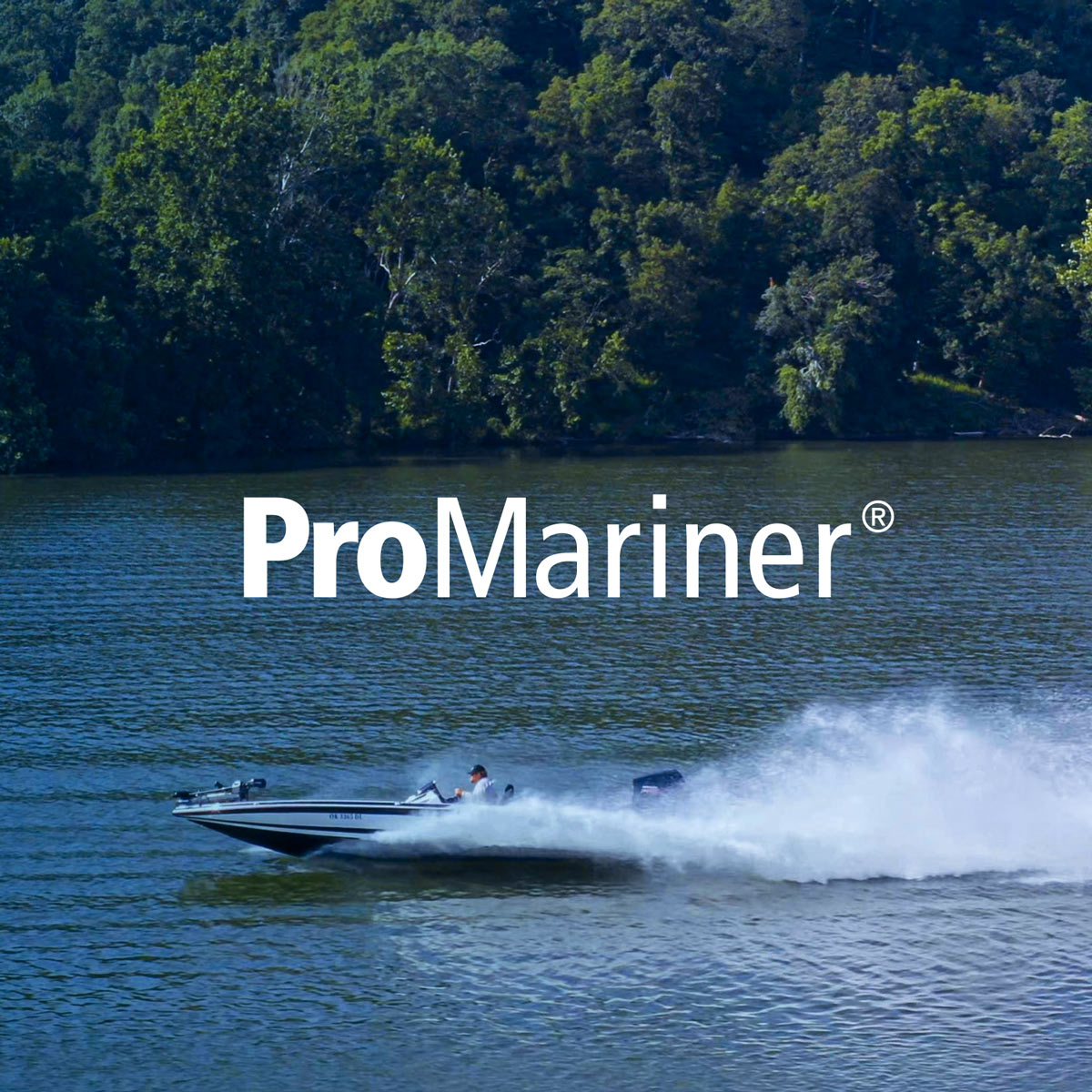So first of all, if I’m seeing it correctly, the dealer hooked up the DVSR correctly in so far as the battery on the right we will call this battery #2 will always get charged when the boat is running when battery #1 on the left is selected. Battery #1 will be the start and house battery, and battery #2 will will get charged but will get isolated when the voltage drops to 12.7 VDC. Therefore, battery #2 will always be charged and ready to use if Battery #1 gets discharged enough to not be able to start the engine. If you were out and battery #1 got too low to start the engine, simply select 1&2 and start the motor, then put the selector back to battery #1 and battery #1 will now get charged by the running engine.
This is the DVSR they installed on your boat.
Digital Voltage Sensing Relay (DVSR) 12/24V
View attachment 169166
This is the switch that came stock on my 2020 210 FSH.. really simple and clean. It is bolted to the vertical engine bulkhead.
The 716-SQ-140A-DVSR is an ideal replacement for a battery selector switch. Just remove the selector switch and connect the existing wires to a 716 cluster, no extra wires are required for a fully automatic battery management system. To be used in single outboard dual battery bank or single...
www.bepmarine.com
View attachment 169164
View attachment 169165
With this system, you turn both the house and start batteries on, and go boating. The DVSR / VSR closes paralleling the house and start batteries when the start battery reaches 13.2 VDC and stays closed until the voltage drops to 12.7VDC at which time the DVSR opens isolating the two batteries. This way your start battery is always charge and ready to go, and the house battery powers all of the accessories. Having said that, the wiring on your boat is probably different than mine as it was intended to have just one battery.
The nice thing about the 716 switch is that it has an emergency parallel switch just in case you needed more start power from the house battery.
You don’t need us to tell you that was a crappy install… especially since the other Yamaha boats like mine come set up with a much cleaner install in a smaller amount of space. I don’t know what if anything the dealer will do for you now since most of the time electrical parts are non returnable…
There is no reason why you cannot put your batteries in battery boxes to keep any acid from getting on whatever may end up on that storage compartment.
On my 210 FSH the batteries are next to each on the outside of the compartment. You could get the BEP 716 and install it yourself. However, you will need to breakout all of the accessory wiring and land those wires on the House switch, and isolate the engine or start wires and land them on the Start switch.
If you do not want to mess with having to manually switch the batteries, you will have to go with the 716 type of switch.
If you do not mind rotating or alternating the use batteries you could go with the switch below and it would clean up the install greatly and you could tuck everything together in the back of that compartment to free up that wasted space.
The 714-140A-DVSR uses a dual sensing DVSR (710-140A). This system ensures that you will always have a fully charged reserve battery. When the switch is in position one, battery one becomes the sensing battery for the VSR. Battery two, which is in isolation, is charged through the VSR when the...
www.bepmarine.com
View attachment 169167
Personally, I‘d go with the 716 switch, turn on both when you get ready to use the boat and not even worry about it.







